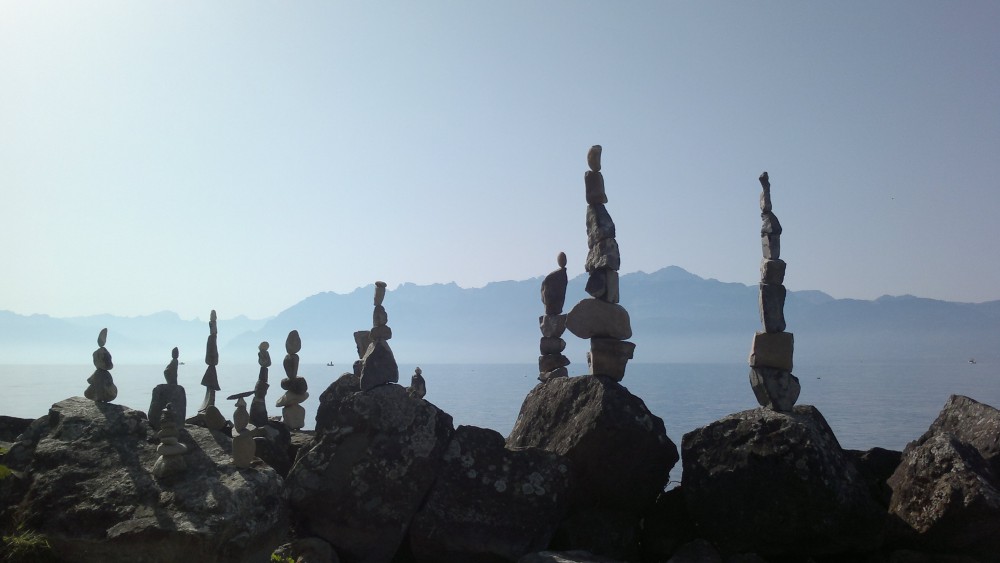Complex organisational structures, corporate politics, virtual teams in remote locations and the need to work across hierarchical boundaries; all these hurdles made the ability to collaborate effectively a major organisational challenge.
There is still a way to go before we can take successful collaboration for granted and discussions with leading executives from different industries confirm these results. But there is a practical solution.
Everybody is trying, everybody is struggling – some are naturally more at ease and others find it just frustrating, difficult and a waste of time. Some companies are better in making it work and some others really make it more challenging – through their organisational set-up but also through their corporate cultures. So what makes it difficult?
We think that the first of the challenges to effective collaboration comes from misunderstandings about its meaning. To some, the word suggests polite information. To others, it includes everything from sharing information to joint operations. For many managers, the essence of collaboration is suggested by the word itself: collaboration is about co-labor, a joint effort, joint ownership and joint failure or success. Clarifying the common understanding what collaboration means for all the parties concerned is the first step to success.
But collaboration isn’t there for its own sake.
To us the goal of collaboration lies at the heart of their organization’s mission: we do it in order to deliver better service, increase corpoate value and improve outcomes for customers and stakeholders which is the ultimate purpose of any worthwhile collaborative effort! We all know that these types of complex tasks can’t be completed by just one person, but the need to engage cross-functional stakeholders – most often times individuals, who have vastly different perspectives on the challenge and its potential solutions – adds yet another layer of complexity to the problem. So how to do it in a better way?
Collaborative groups often search for “best practices” to guide their efforts, asking questions like “how can we organise ourselves to achieve best results” and “how do we ensure our measures of success are ‘right’?”
We suggest the “Cynefin framework” as a helpful reference point when such questions arise. The framework has been developed to guide managers’ decisions depending on the nature of the issue. The framework suggests that “best practice” should only be adopted when “the relationship between cause and effect is obvious to all.” – in other words, when the problem is of simple nature.
Generally this is not the case for collaborative efforts seeking to tackle big and “volatile” organisational problems. Instead, in complex environments, it is more efficient that stakeholders should “probe, sense, and respond” in order to test different tactics and evolve according to what they learn along the way. But there is the one major dilemma with this approach: “How can we set a goal without the right people in the room, but how do we know who should be in the room without having established a clear goal?”
The only way out of this dilemma is to truly apply this framework, beyond hierarchies and egos: start with a working hypothesis, probe who is capable and willing to work on it, sense if this is the right person to do it and evaluate how the hypothesis and the issue behind develops. Be attentive, transparent and open to communicate what you see and respond accordingly by either continuing the same way or by changing one or more ingredient (adding support, changing the role etc.) depending on the evolution.
You may argue this is easier said than done and you are right! In our narrative here, we have not yet talked about the other pre-requisite and foundation for effective collaboration: the shared group culture. As we have worked with and analysed collaborations, we have seen that many efforts struggle to make progress because they’ve skipped over a critical step: the development of a shared culture.
In our current working surrounding, time and performance pressure is so enormous that we have become extremely transactional. But the fact is that jumping into the task of collaborating without even taking the time to understand with whom you are jumping, is making step two ahead of step one … and it will backfire on the effectiveness of the work.
Our observation confirms that taking just a little bit of time to create social connectedness ad the maintenance of it every time the group gets together, increases the likelihood to succeed exponentially. We encourage leaders of collaborative efforts to set the tone, walk the talk and to demonstrate an approachable, respectful and not conflict avoidant attitude to create and influence the shared culture in a positive and constructive direction.
From the very beginning of a collaborative effort on, we found it also useful to be intentional about “being vocal about the progress” the group is making together. To be effective in a complex environment it is crucial to continually check on “where we were a year ago,” “where we are today,” “what open hypotheses we have”, “what we have learned since our last meeting,” etc.
This provides the group not only with a common understanding of the issue and make sure that the group stays “on track” but it also helps to turn implicit indicators of progress into a shared, explicit success and motivation to continue. While we recognize these tactics don’t eliminate the complexity of the work, they can go a long way in helping groups find comfort with the ambiguity and complexity that pervade collaboration around difficult goals.
Everbody will agree that collaboration makes sense to achieve better company results. But as we get into the work, we realize that we are hesitant to trust each other with our knowledge, our financial information, our relationships, etc. and we bump up against the cultures of the other organizations in the group. Making it work depends on a shared understanding of what collaboration is, on a shared culture that allows addressing issues in an open and constructive way at the moment they occur and on making sure to stay alert to the changes around us:
probe – sense – respond !
Anna Eckardt, Managing Partner



Comments are closed.